Letter of Medical Necessity Template for Physical Therapy
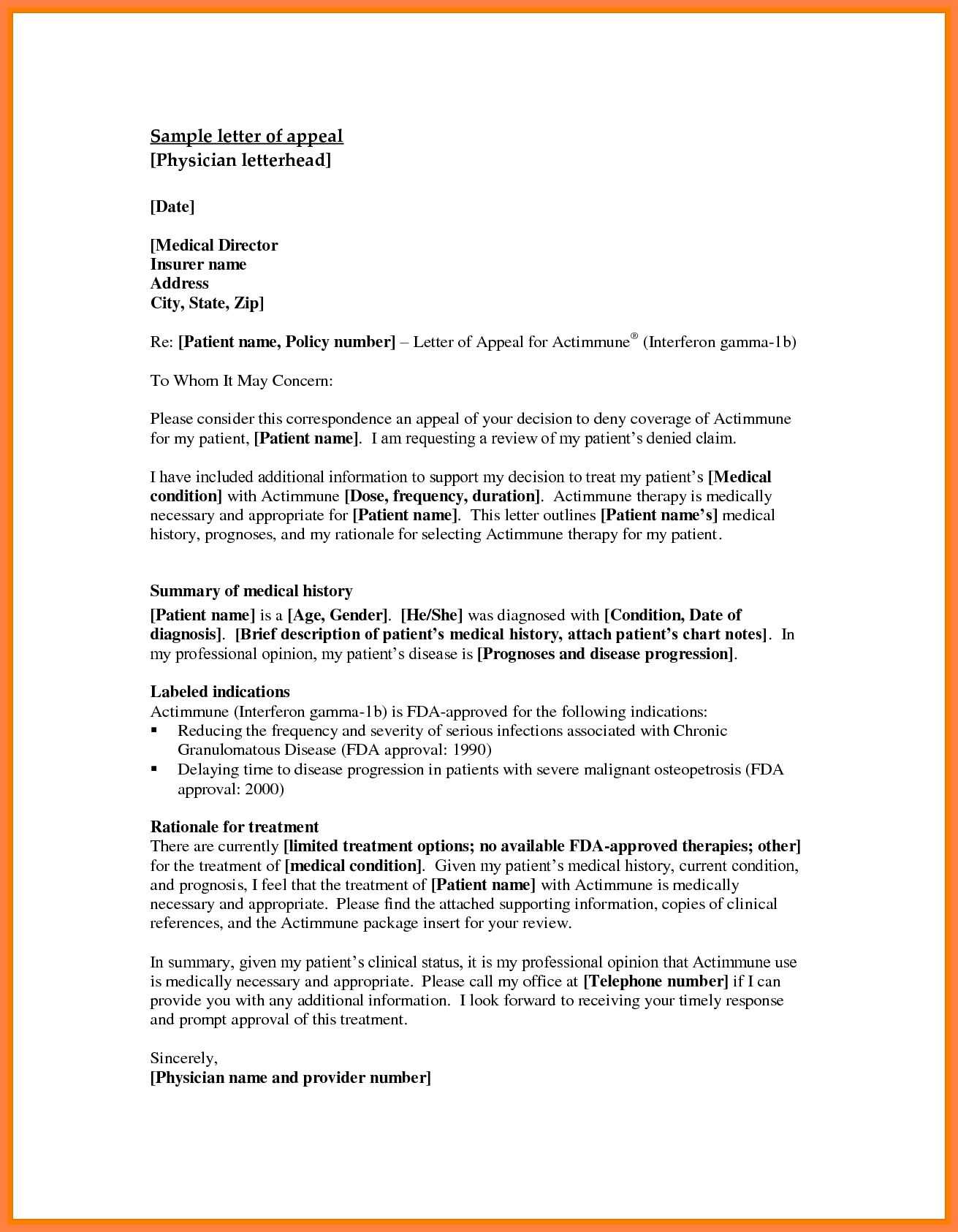
When seeking support for a specific health condition, clear and concise documentation is essential. A well-crafted statement can greatly impact the chances of receiving the required services from healthcare providers or insurance companies. Understanding the key aspects of writing such a document can make the process smoother and more effective.
Properly formatted correspondence ensures that the recipient understands the importance of the requested treatment and its relevance to the individual’s recovery. It serves as a formal request for approval, outlining the necessity of a particular treatment or intervention. With the right structure, the request is more likely to meet the required standards and avoid unnecessary delays.
By following a few simple steps and incorporating the right details, individuals can improve the chances of their request being accepted. This document should highlight critical factors such as medical history, current condition, and the potential benefits of the treatment being sought. The clearer the reasoning, the stronger the case will be for receiving the needed support.
What is a Medical Necessity Letter
A formal request for specific healthcare services or treatments is a crucial part of the healthcare process. This written document is designed to explain why a certain intervention is essential for the individual’s well-being, often required by insurance companies or healthcare providers. It must provide clear, factual information that justifies the need for a particular service or procedure based on medical circumstances.
The document serves as a way to communicate between the patient and the insurer or medical provider, ensuring that all necessary information is included to facilitate approval. It provides a professional explanation of the situation, demonstrating the relevance of the requested care.
Here are key elements typically found in such a request:
| Section | Description |
|---|---|
| Introduction | Brief overview of the patient’s condition and why the requested treatment is important. |
| Medical History | Details of the patient’s previous health issues and any relevant background. |
| Current Diagnosis | Explanation of the present medical condition, symptoms, and any tests or examinations conducted. |
| Treatment Justification | Why the requested service is essential for the patient’s recovery or management of their condition. |
How to Draft a Therapy Letter
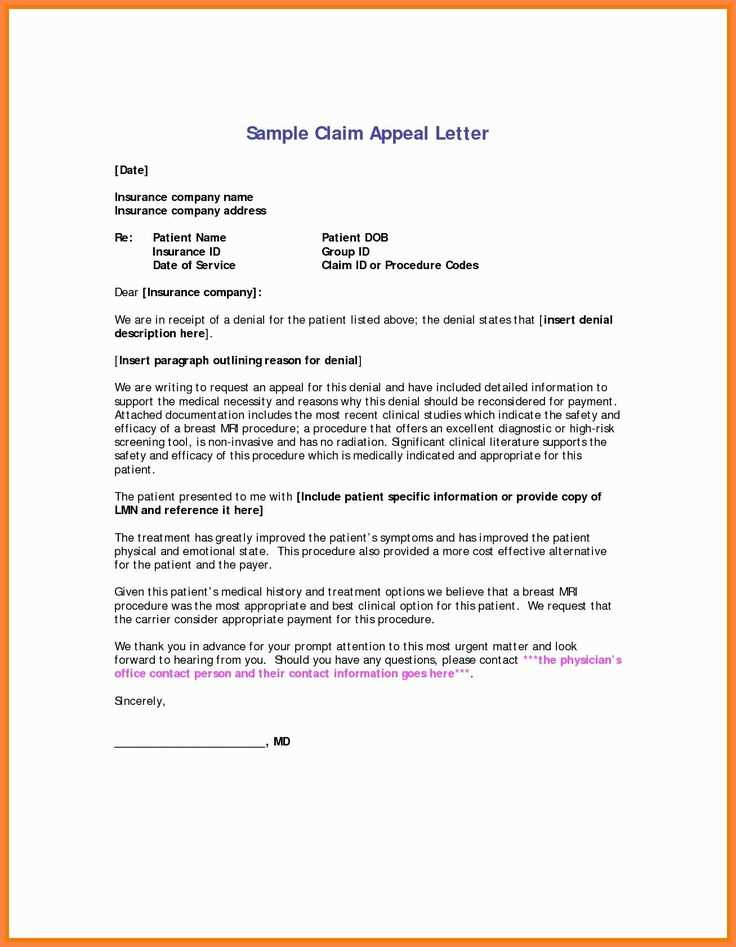
Creating an effective request for treatment requires careful attention to detail and clarity. The goal is to explain why a particular health service is essential for the patient’s recovery or well-being, providing enough supporting information to convince the reader of its importance. A well-crafted document can significantly increase the likelihood of receiving the necessary care or insurance approval.
Step 1: Gather Relevant Information
Before drafting the request, it’s important to collect all relevant medical details, such as the patient’s diagnosis, history of symptoms, and any tests or evaluations performed. This information helps to create a compelling argument for why the treatment is necessary. Be sure to include specifics about the patient’s current condition and how it directly impacts their daily life.
Step 2: Structure Your Request Clearly
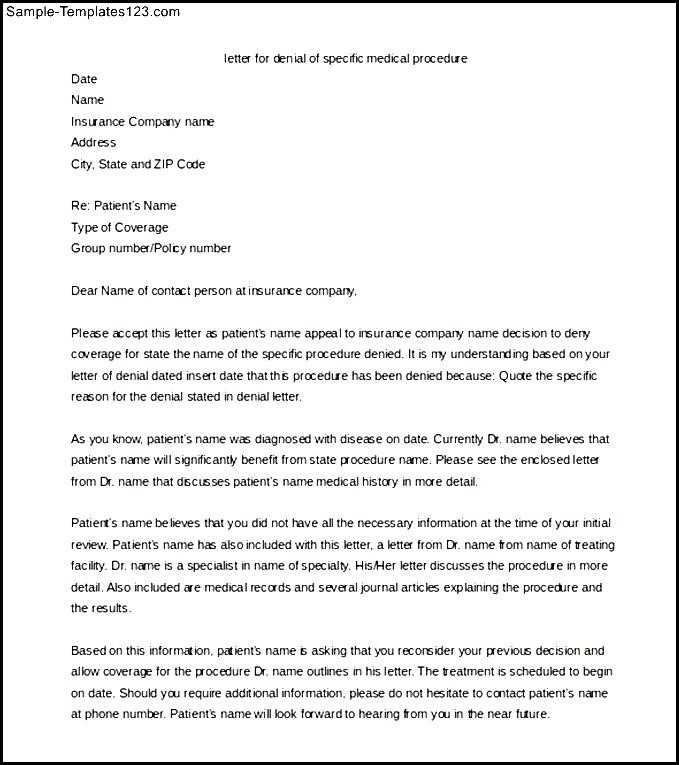
The structure of the request plays a crucial role in ensuring it is clear and persuasive. Start with a brief introduction that provides background on the patient’s condition. Follow with a section that details the treatment being requested, including how it will directly address the patient’s needs. Conclude with a strong statement emphasizing the importance of the intervention for the patient’s recovery.
Tip: Be concise and focused, providing only the necessary information to support the case. Avoid unnecessary details that could detract from the main argument.
Key Components of a Necessity Letter
When drafting a formal request for healthcare services, there are several crucial elements to include. Each section should be carefully structured to provide clear and relevant information that supports the need for the requested care. A well-organized document not only strengthens the case but also ensures that all necessary details are presented to the recipient.
Patient’s Medical Background
The initial section should outline the patient’s medical history, including past treatments, relevant diagnoses, and any ongoing health issues. This provides context for the request and helps the reader understand the patient’s condition and why additional care is required. The more comprehensive this section, the stronger the case for receiving the needed intervention.
Treatment Justification and Benefits
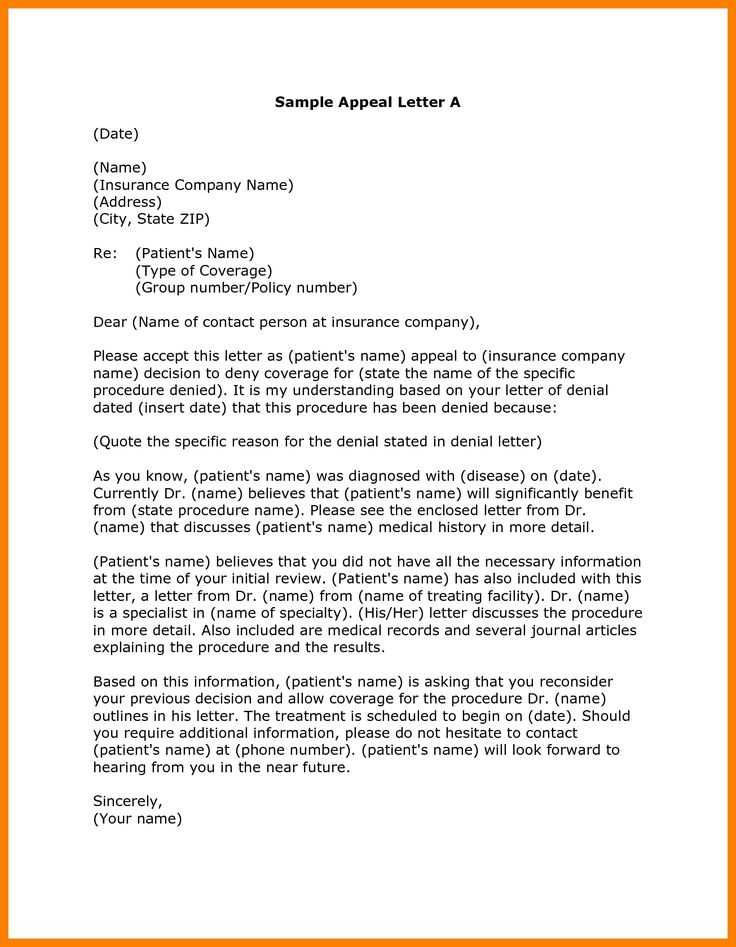
The core of the request is a clear explanation of why the specific service or treatment is essential. This part should detail how the requested care will improve the patient’s health and address their current symptoms. Additionally, it is important to explain how the treatment aligns with established medical standards or guidelines, further reinforcing its necessity.
Customizing Templates for Physical Therapy
When preparing a request for a specific healthcare service, it’s important to tailor the document to reflect the individual patient’s condition and needs. Customizing a pre-existing format ensures that all the relevant details are accurately captured and presented in a way that highlights the unique circumstances of the case. A well-adjusted document increases the likelihood of approval by demonstrating the importance of the requested intervention.
Adjusting the Introduction
The introduction should clearly state the purpose of the request and briefly summarize the patient’s condition. Customizing this section ensures that the specific situation is addressed, rather than using a generic statement. Including any relevant details, such as the patient’s symptoms or progress, adds a personal touch and strengthens the argument.
Highlighting Treatment Relevance
When modifying the treatment section, it’s crucial to emphasize how the requested service is directly related to the patient’s ongoing health needs. Focus on specific symptoms or challenges that the patient faces, and explain how the intervention will improve their quality of life. Tailoring this section ensures that the request is relevant to the patient’s unique situation and not a one-size-fits-all approach.
Understanding Insurance Requirements for Therapy
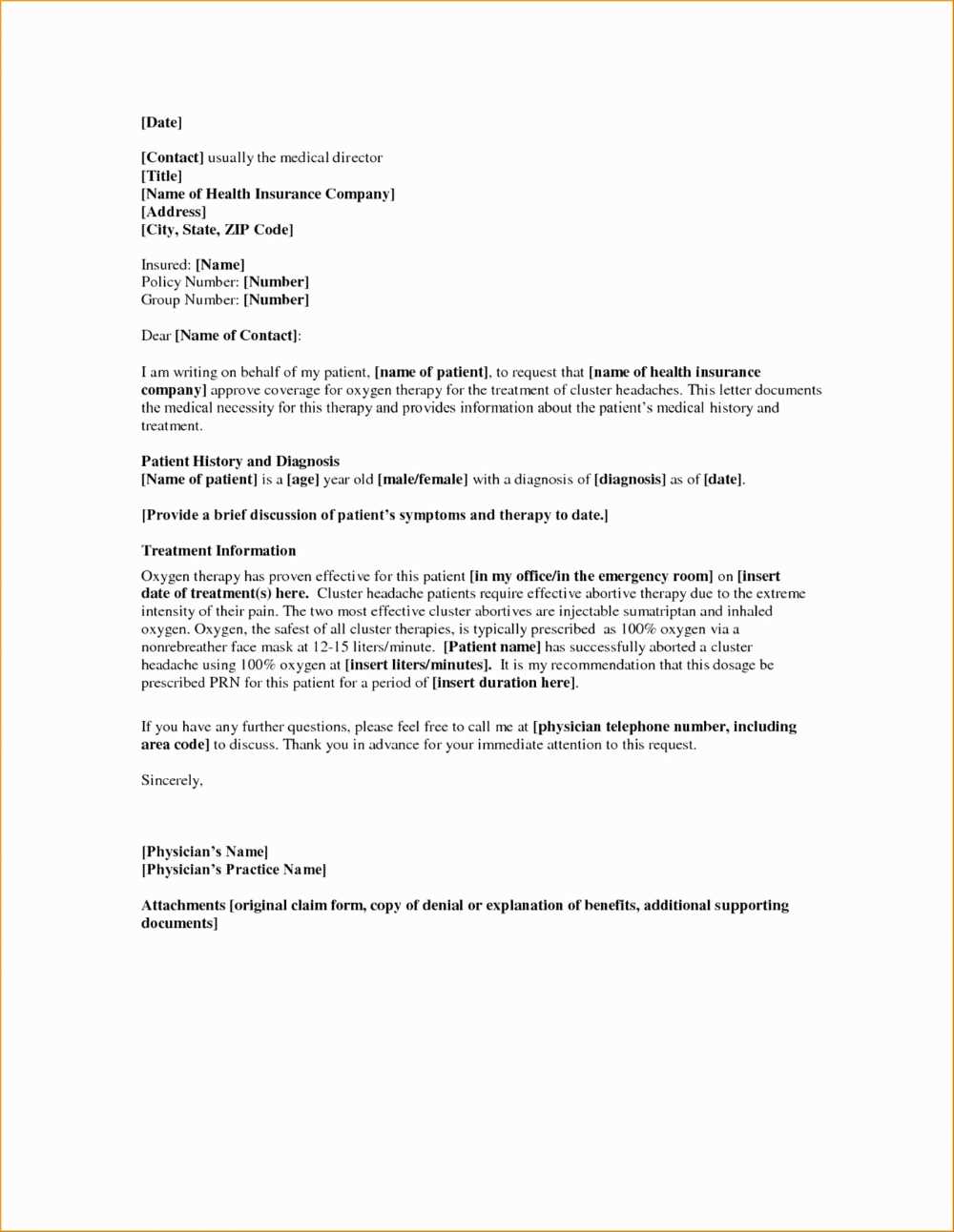
Before seeking approval for a healthcare intervention, it is important to understand the specific criteria set by insurance providers. These criteria often outline what is required to ensure that a treatment or service is deemed medically necessary and eligible for coverage. Understanding these requirements can help avoid delays and ensure that the requested care is properly documented and justified.
Insurance companies typically look for the following elements to be addressed when requesting coverage:
- Clear Diagnosis: A comprehensive description of the patient’s condition and symptoms.
- Detailed Treatment Plan: An outline of the services being requested and their expected outcomes.
- Supporting Medical Records: Any relevant medical history, tests, or evaluations that substantiate the need for treatment.
- Demonstrated Progress: Information on the patient’s previous treatment efforts and outcomes.
- Justification of Need: A strong explanation of why the requested service is essential for the patient’s health improvement.
Being thorough and aligning the request with these expectations ensures a smoother approval process and better chances of obtaining coverage for necessary services.
Ensuring Approval with Proper Documentation
Submitting the right documentation is key to securing approval for the requested healthcare services. Without adequate and accurate supporting materials, insurance providers may reject or delay the request. To ensure the best chance of success, it is essential to present a well-organized and comprehensive submission that clearly demonstrates the need for treatment.
Proper documentation should include the following essential elements:
- Complete Patient Information: Ensure that all personal and medical details are accurate and up-to-date.
- Clear Statement of Need: A direct explanation of why the requested services are necessary for the patient’s health.
- Clinical Records and Evaluations: Include all relevant tests, reports, and findings from healthcare providers.
- Treatment History: Document past treatments, their outcomes, and why they were insufficient to meet the patient’s needs.
- Comprehensive Treatment Plan: Present a detailed outline of the recommended services, expected outcomes, and timeline.
By ensuring all required information is present and well-documented, the chances of receiving timely approval for the requested care are greatly improved.